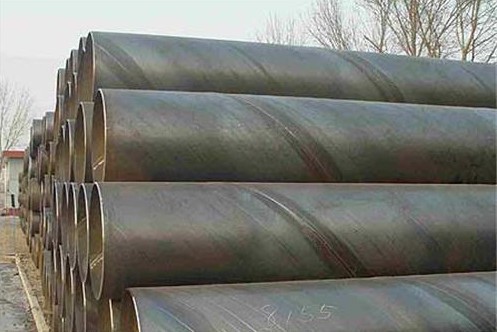


|
Henan Jianhui Construction Machinery CO.,LTD
|
Gold Index: 39482
Henan Jianhui Construction Machinery CO.,LTD [China (Mainland)]
Business Type:Manufacturer, Trading Company
City: Zhengzhou
Province/State: Henan
Country/Region: China (Mainland)


